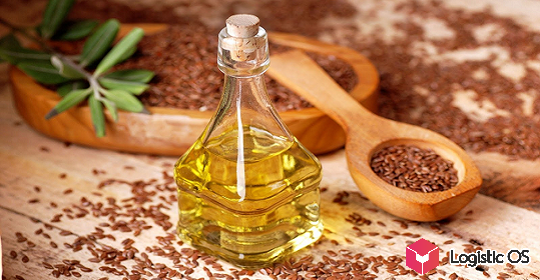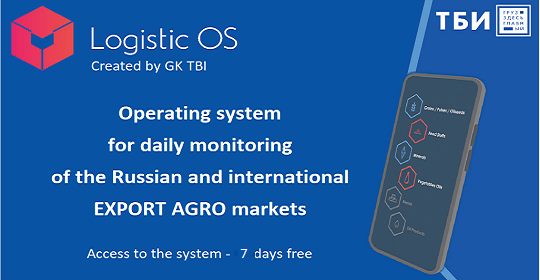Last week, the rise in sugar prices gained even more momentum: from 3.1% to 4.6%.
This is the highest figure in the food market. Moreover, in 22 regions the price increase was 6%, and in the Pskov Region and Stavropol Territory — 11.5% and 13.9%, respectively.
The rise in sugar prices in retail is, first of all, a consequence of the poor harvest of sugar beets and the depreciation of the ruble.
The fall in the exchange rate of the national currency makes Russian sugar highly competitive in the world market.
A drought and natural disasters first led to a decrease in crop harvesting rates in the South, and then in central Russia.
For example, in the Rostov region, where harvesting began on September 23, the yield was 223 centners per hectare.
In 2019, farmers harvested 349 centners per hectare.
A lack of harvest leads to a decrease in processing and an increase in production costs, and further to an increase in retail prices.
At the end of September, 1.256 million tons of sugar were produced from the new crop of beets, which is 39.7% less than in the same period last year.
68 factories were engaged in processing, although a year earlier there were 72.
Another important reason is that in the second half of 2019, the cost of granulated sugar in the domestic and world markets was extremely low.
With the rise in world prices in 2020, Russia has significantly increased its export volumes: by 5.8 times.
This allowed manufacturers to get out of the artificial «freeze» of prices amid the coronavirus pandemic.
Thus, there has been a return to traditional levels.
This significant growth was also influenced by the reduction of the sown area from 1.14 million hectares to 934 thousand hectares.
This step was prompted by the overproduction of sugar in recent years and high stocks of products.
This should not have had such an impact on prices, if not for the low harvest amid weather anomalies.
According to experts, sugar production this year will amount to 4.9 — 5.3 million tons.
For comparison, in 2019 Russia produced 7.86 million tons.
Experts are confident that there will be no shortage of sugar in the domestic market due to the accumulated reserves.

In any case, Russia is completely self-sufficient in this culture, practically leaving imports.
Analysts believe that manufacturers need to work not to expand the area, but to increase the indicators of the existing ones.
In 2015, the productivity was 5 tons per hectare. Today this figure is in the range of 6.5 — 7 tons per hectare. An increase of 30%.
But if you look at the indicators of other countries, the picture is as follows: Germany, for example, back in 2015 received 10 tons per hectare, and now their closest rate is 20 tons per hectare.
If producers are able to improve production efficiency and increase the output of sugar in the form of a product with a higher added value, then the country will not face an overproduction crisis.

